In a strongly worded report, the IAEA challenged Iran to explain purchases of sensitive
technology as well as secret tests of high-precision detonators and missile reentry systems
—
experiments closely associated with atomic warheads. Although much of the research took place
nearly a decade ago, the report said some tests “seem to have continued beyond 2004.”
By Joby Warrick
Washington Post Staff Writer
Thursday, February 18, 2010; 3:31 PM
Iran appears to have recently pursued secret research projects that could help it develop
nuclear warheads, the United Nations’ nuclear watchdog said Thursday, casting fresh doubt on
Iranian claims that its nuclear intentions are peaceful.
The International Atomic Energy Agency also confirmed that Iran has increased the enrichment
level of some of its uranium, bringing the Islamic republic a step closer to being able to make
weapons-grade nuclear fuel.
In a strongly worded report, the IAEA challenged Iran to explain purchases of sensitive
technology as well as secret tests of high-precision detonators and missile reentry systems —
experiments closely associated with atomic warheads. Although much of the research took place
nearly a decade ago, the report said some tests “seem to have continued beyond 2004.”
The date is significant because it contradicts a bedrock assumption by U.S. intelligence
agencies that Iran halted weapons-related research in 2003. U.S. officials are in the process
of revising their key judgments about whether Iran is seeking actual nuclear weapons, or just
the capability to quickly produce them.
“This raises concerns about the possible existence in Iran of past or current undisclosed
activities related to the development of a nuclear payload for a missile,” the IAEA report
states.
The agency cited Iran’s continued defiance of U.N. resolutions, and criticized the regime’s
failure to explain suspicious research projects or allow access to key facilities.
Iran says it wants nuclear power only to make electricity, but in recent months President
Mahmoud Ahmadinejad has been increasingly defiant of U.N. and Western demands for proof of his
government’s peaceful intentions. After the September revelations about a secret Iranian
enrichment facility near the city of Qom, Ahmadinejad announced plans to build 10 new uranium
enrichment plants. He said his country would increase the enrichment level of some of its
uranium from less than 5 percent — the level needed for nuclear power reactors — to 20 percent.
Enrichment above 90 percent is needed for nuclear weapons.
The IAEA report confirmed that Iranian officials had already produced a small, first batch of
uranium enriched to nearly 20 percent. More significantly, IAEA inspectors found that Iran had
moved nearly all of its stockpile of low-enriched uranium to the small pilot plant configured
for higher levels of enrichment, the agency said.
At the same time, Iran appears to continue to struggle with equipment problems. The bulk of
Iran’s centrifuge machines used in making enriched uranium are based on a notoriously
unreliable 1970s design, and many have broken down. IAEA inspectors who visited Iran’s main
centrifuge plant at the city of Natanz last month found fewer machines in operation than during
the last visit in November, the report said. At the same time, the plant’s overall output
increased over the past three months, suggesting that the remaining machines were working more
efficiently, said David Albright, a former U.N. inspector.
“It makes sense that they would hunker down and try to get the machines to work better,”
Albright said.

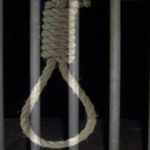
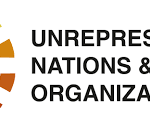

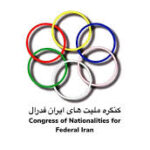

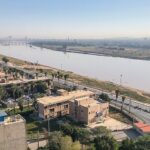

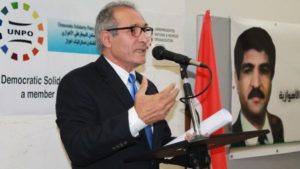
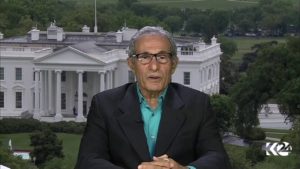
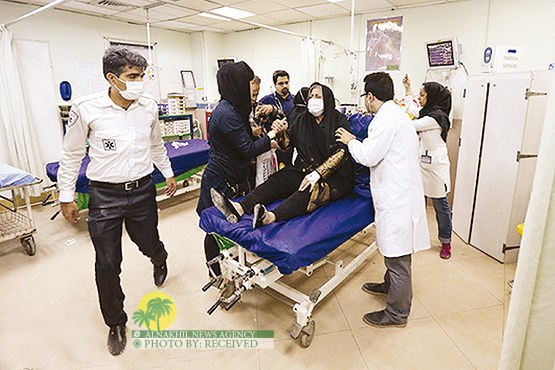
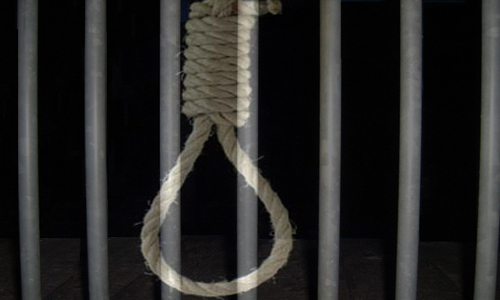




+ There are no comments
Add yours